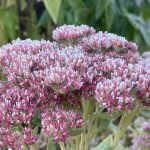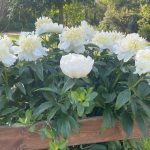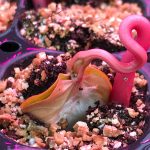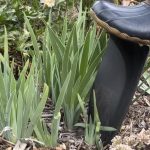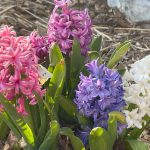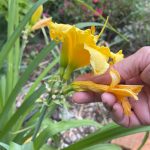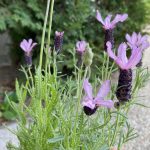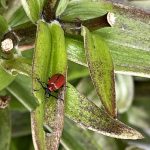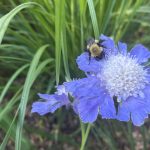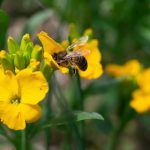Summer heat and resulting drought can be brutal on plants.
In this post, I will outline some of the best and toughest perennial kids on the block that can handle heat and drought. These perennials are hearty and can withstand a lot of difficult weather during our hottest months.
Well Established Perennials Can Take a Lot of Heat

Before I present a list of perennial plants that can handle a lot of heat, I need to emphasize that they must be well established and thriving before anyone can expect them to manage summer heat.
What does a well-established perennial look like? A well-established perennial has been growing in the ground for at least 3 years and is mostly independent of a gardener’s intervention in its daily growth.
Transplanting perennials and getting them to develop strong, reliable roots takes about 3 growing seasons. I always say that the third year is a perennial’s magical year because, by this time, they start flowering and grow larger each spring.
There is a saying about perennial growth that goes like this: the first year they sleep, the second year they creep, and the third year they leap.
Here’s what the typical growth pattern looks like for a transplanted perennial:
Perennial Year 1: ‘The first year they sleep’
- The season a perennial is transplanted into your garden is considered its first year of life.
- Treat a newly planted perennial like an annual during this season. Water and fertilize them regularly to encourage root development as they get accustomed to their new environment.
- There won’t be much new top growth during this first year because they will have completed their herbaceous, leafy growth before they were purchased.
Perennial Year 2: ‘The second year they creep’
- There should be a slight increase in green, leafy growth as a perennial emerges from its first winter.
- Continue to check them regularly. A second year perennial shouldn’t need as much tender-loving care as it did in its first year.
- Over fertilizing perennials can lead to a decrease in blooming. For example, Peonies will stop flowering when they get too much supplemental nitrogen.
Perennial Year 3: ‘The third year they leap’
- By the 3rd year, perennials should be off and running without supplemental water, rain coming from heaven should be all they need as long as it rains regularly. However, in a dry year, definitely give established perennials water.
Drought- Resistant Perennials for Zone 3-4 Gardens for Sun and Shade Gardens
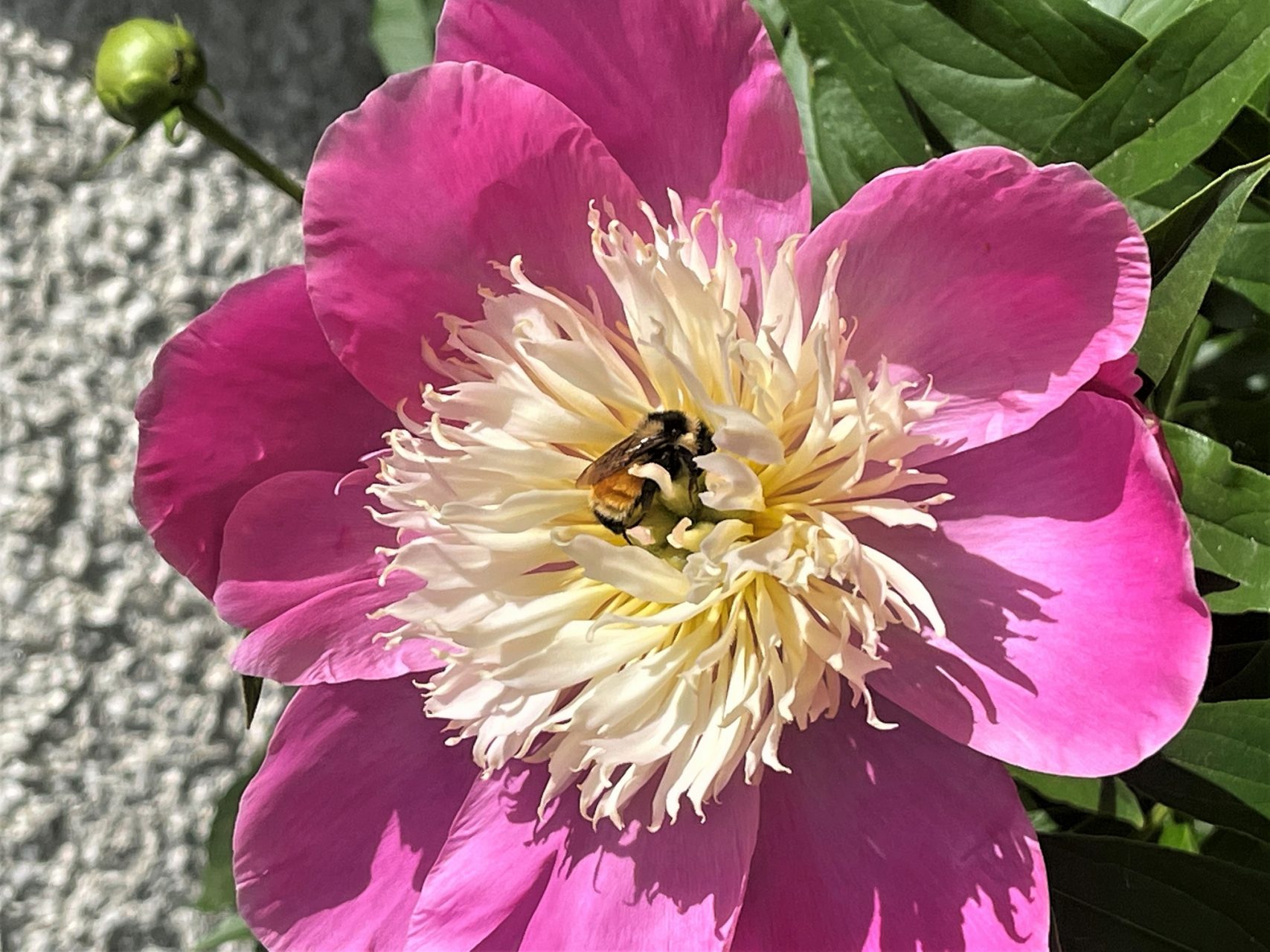
Mature perennials tend to push through hot and dry weather conditions better than most annuals because they have extensive, robust root systems that haven’t been disturbed. Perennials with deep tap roots are the most resilient to arid conditions.
Keep a watchful eye on your perennials even though they have a propensity to tolerate the heat and the dry very well. Water them when necessary.
Here is a list of my favourite tough perennials, some for sun gardens and some for shady.
Perennials for Sun:
1. Ornamental Perennial Grasses – particularly Calamagrostis (Feather Reed Grasses)
- Ornamental grasses are well suited to hot prairie summers. Their deep roots extract moisture from the soil, and their flexible stems bend and flow in the wind.
- The Calamagrostis family (Feather Reed Grasses) are clumping, tall sentinel grasses that sport feathery flower plumes in summer. There are several varieties to choose from:
- Karl Foerster has deep green foliage with bronze plumes
- El Dorado’s foliage is variegated chartreuse & green with greenish-light purple plumes
- Lightning Strike is also variegated white & green leaves that sports purple-pink plumes
- Overdam has variegated creamy white & green leaves with pink plumes
- Avalanche has arching foliage that is variegated creamy-white with more green than Overdam, which finishes with pinkish plumes.
2. Hemerocallis (Daylilies)
- Daylilies offer structure and colour to hot, sun gardens. They form deep, extensive roots and are very hardy for zone 3-4 gardens.
- When their sword shaped leaves start to wrinkle, they are showing signs of water stress and they need hydration.
3. Echinops (Globe Thistle)
- Their deep tap roots enable this plant to get through the most demanding conditions, and bees love it.
- Their round, blue flowers make lovely cut flowers, and they dry well, too.
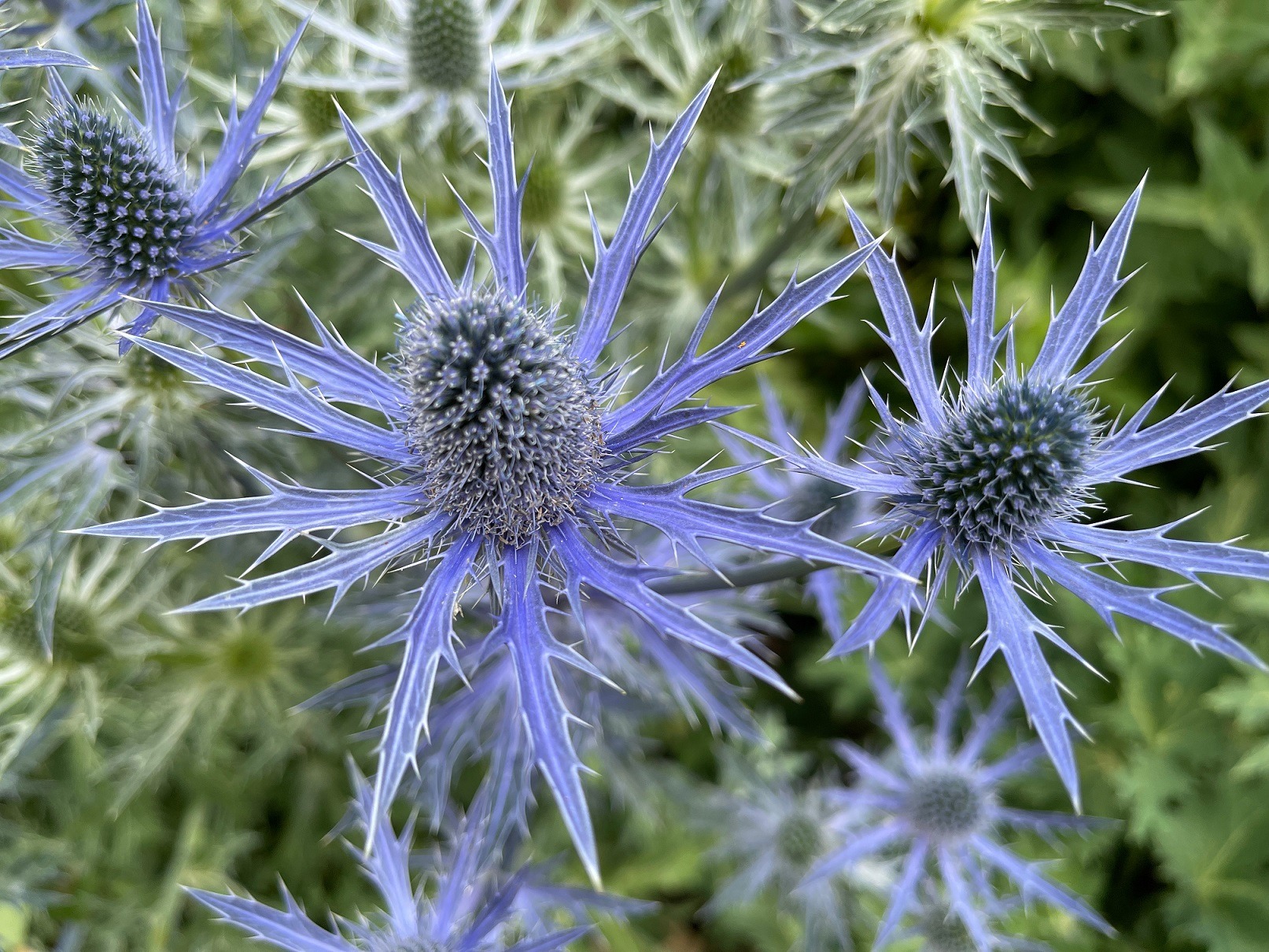
4. Eryngium (Sea Holly)
- Sea Holly is a unique plant that bears steely blue flowers in summer that last well fresh and as dried flowers.
- Their deep tap roots make them nearly invincible.
5. Dictamnus (Gas Plant)
- Gas Plant is another plant with deep tap roots. Their roots and leathery dark green leaves get this one through the hot, dry times.
- Gas Plants are bee magnets available with flowers in pink or white.
6. Peonies
Peonies grow deep tuberous root systems and are one of the longest-lived perennials in zone 3/4 horticultural zones. Peony leaves will droop slightly when they experience severe water stress.
7. Stachys – ‘hummelo’ and ‘byzantina’
- Stachys is a very hardy perennial. Two very distinct types are available, and both handle hot, dry conditions well.
- Hummelo is a little-known perennial related to the more famous ‘Lamb’s Ear’ with fuzzy silver leaves.
- Hummelo has tough green leaves, and sports long-lasting summer blooms on spires in shades of purple or pink.
8. Perennial Salvia (Perennial Sage)
- Perennial Salvia is one very tough cookie that has a long bloom season in early summer.
- Bloom colours can be white, pink, or purple. They will bloom more if deadheaded.
9. Pulsatilla (Prairie Crocus) –
- Pulsatilla is one of the first flowers to bloom in spring. Their furry buds produce purple, red, pink, or white flower colours.
- Once blooming is complete, the clump stays in a well-behaved green dome 20-25 cm (8-10″) tall with serrated green leaves producing fun, fuzzy seedpods.
- Their rounded clump shape will flatten as they experience water strain.
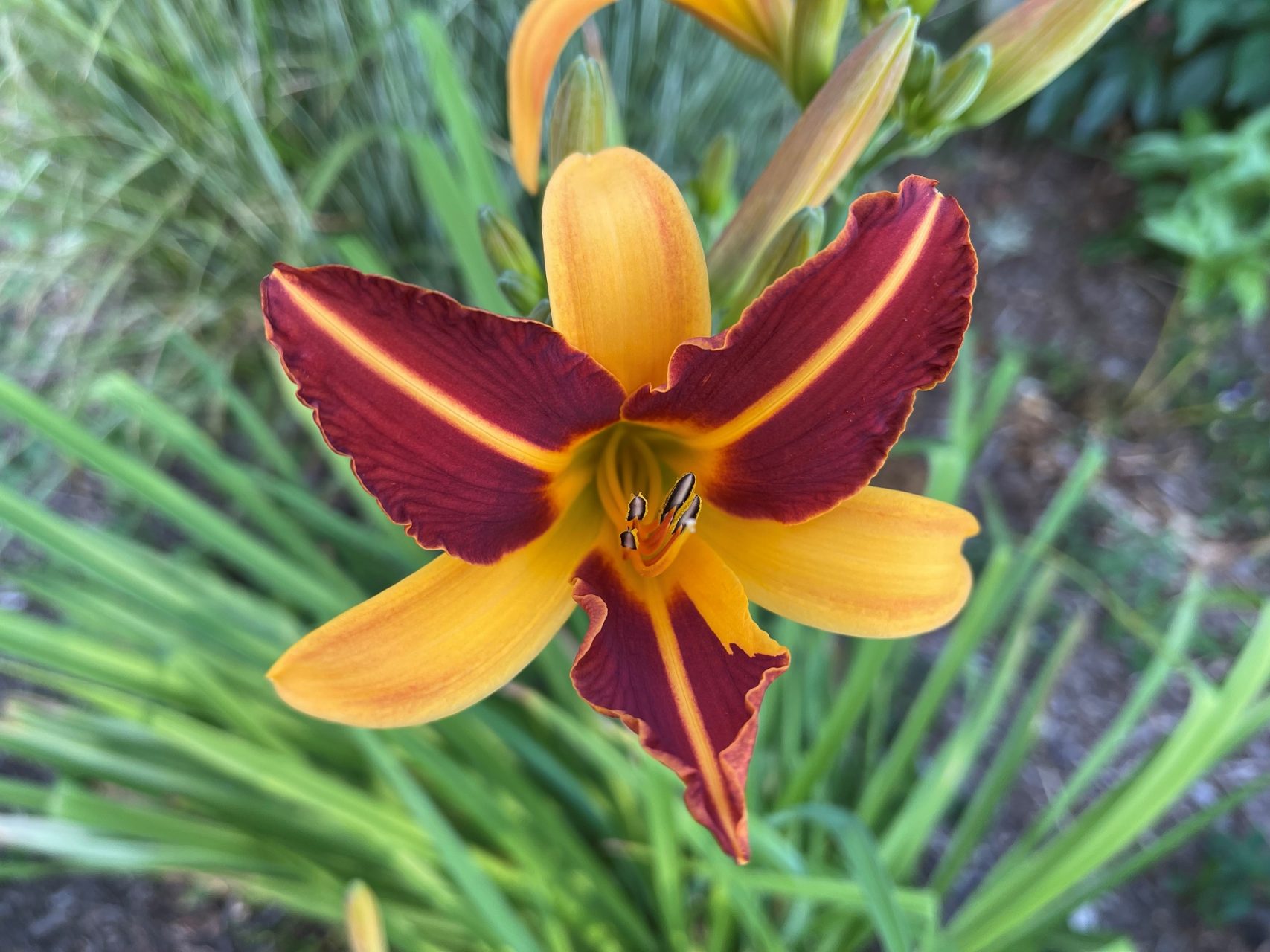
10. Euphorbia polychroma (Cushion Spurge)
- This zone 4-8 perennial is part of the Euphorbia family, the same as Poinsettias, with sticky, milky sap.
- The yellow colour that it sports in spring is an inflorescence of unique leaf petals that turn colour to attract pollinators to the very tiny, yellow flowers in the center.
- The yellow bracts turn green after flowering, and the flower maintains a lovely, rounded shape during the summer.
- Its leaves will droop, and its shape will flatten with water fatigue.
Perennials for Shade:
1. Hostas
- Hostas are sturdy, hardy plants that can take dry conditions once established.
- Leaf flagging or wilting doesn’t occur unless they are incredibly dry.
- Water every 2 weeks when the weather is dry.
2. Actaea / Cimicifuga (Black Cohosh)
- Actaea is a deep shade lover that bears delicate, fragrant flowers in late August.
- Their tap roots enable them to tolerate hot, dry days.
- Their leaves will wilt when they are dry.
3. Alchemilla mollis (Lady’s Mantle)
- Lady’s Mantle is a versatile perennial that will grow in shade and sun.
- Even though their leaves appear fuzzy and delicate, they cope with hot and dry weather conditions well.
- Alchemilla blooms in late June or early July with delicate yellow-green flowers in clusters on scapes atop its foliage dome.
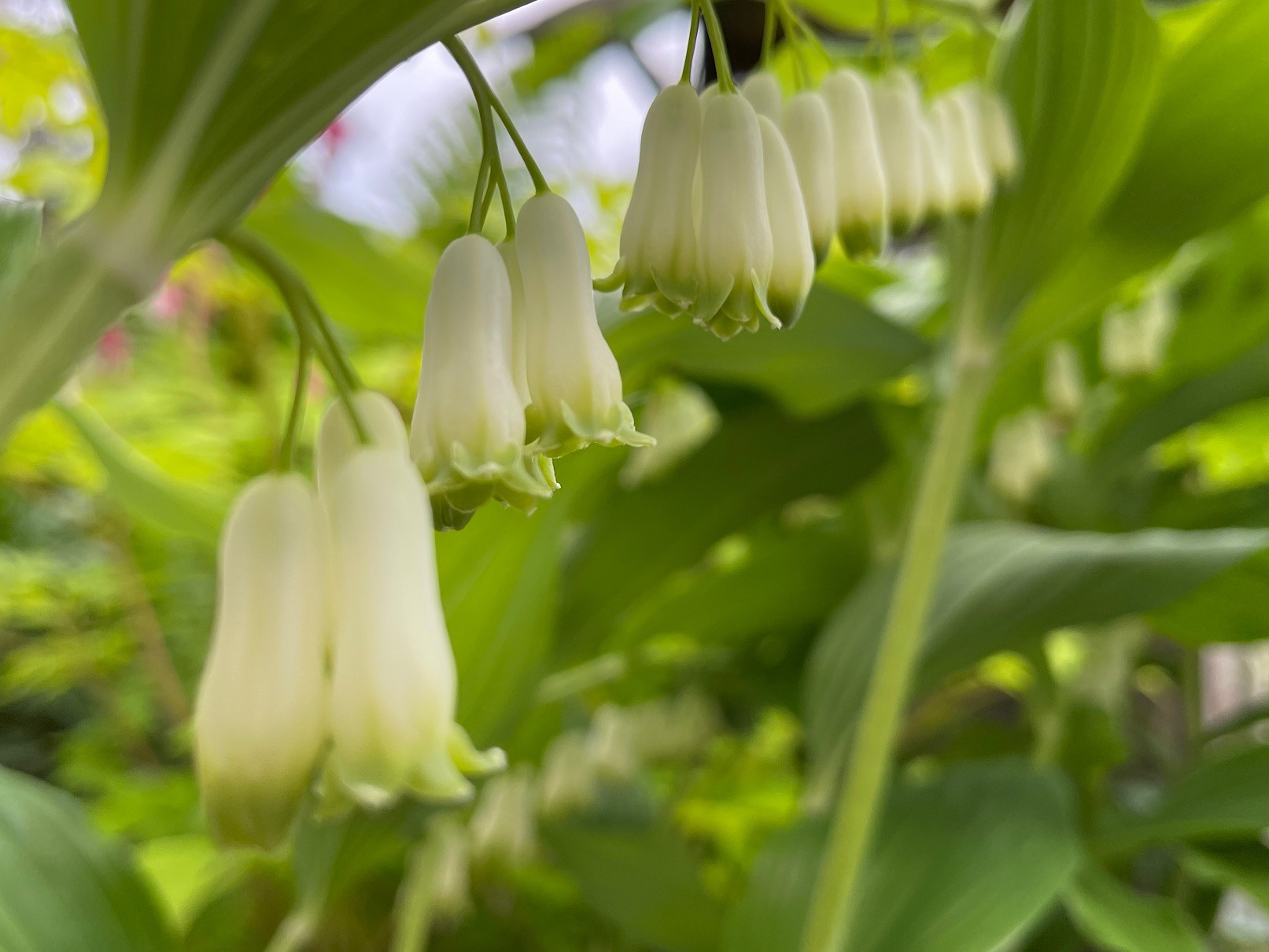
4. Polygonatum (Solomon’s Seal)
- Solomon’s Seal is an early-season bloomer with unique pendulum-shaped flowers.
- Their rhizome roots store nutrients and moisture, which help them withstand dry days.
Conclusion
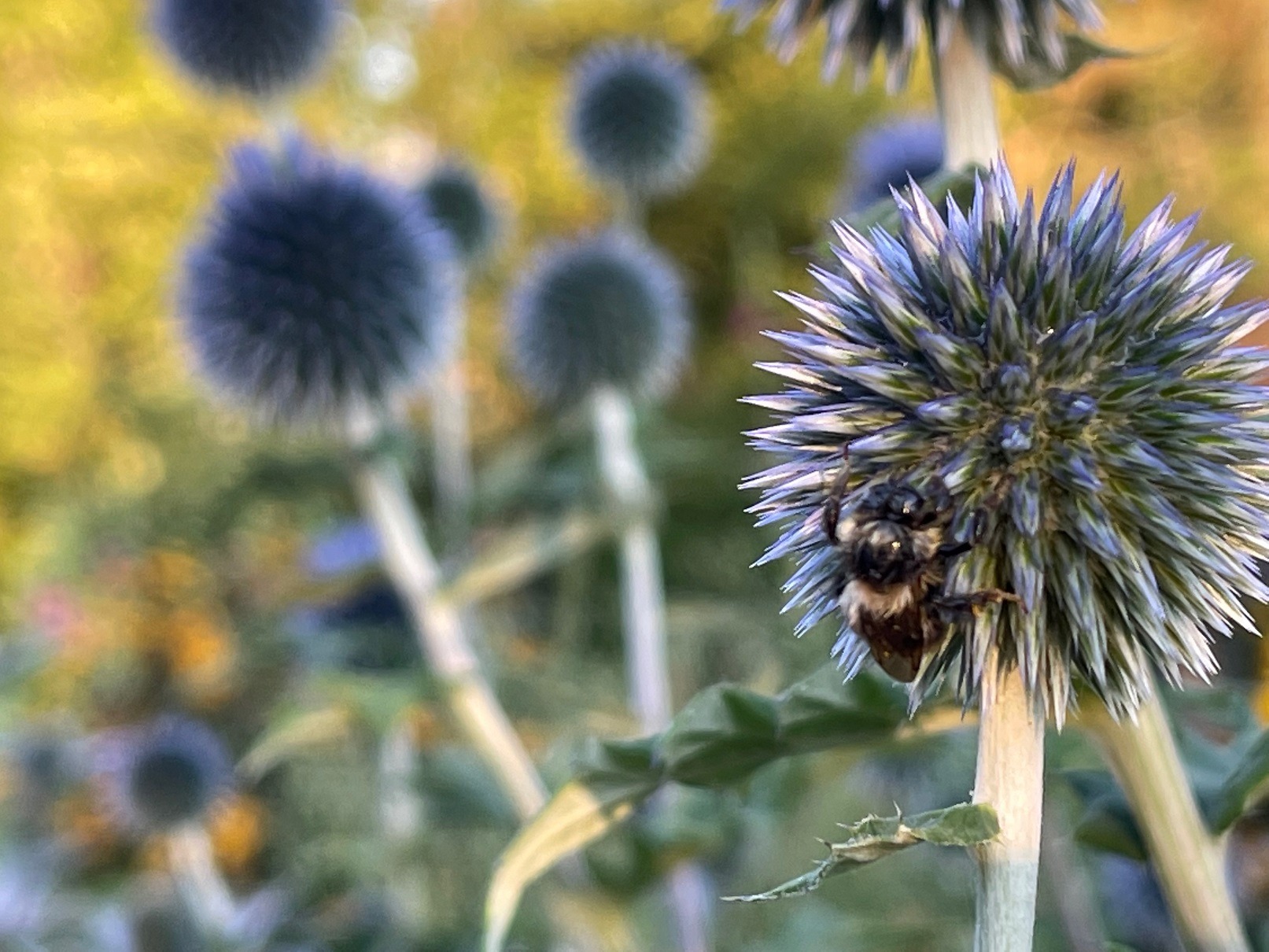
The best way to keep pace with hot summer weather is to start with the right plants in the right place and stay on top of plant health by checking them regularly and watering consistently.
It is healthier and less stressful for plants to be watered regularly with a bit of water than to allow leaf collapse and rehydrate with buckets full of water.
Morning checks and watering, with regular fertilizing, keep plants robust to last through periods of hot, dry weather.
Related: For more details about garden care in hot, dry weather, see 6 Ways to Care for your Garden in Hot, Dry Weather.
©Sharon Wallish Murphy ©Gardening with Sharon





